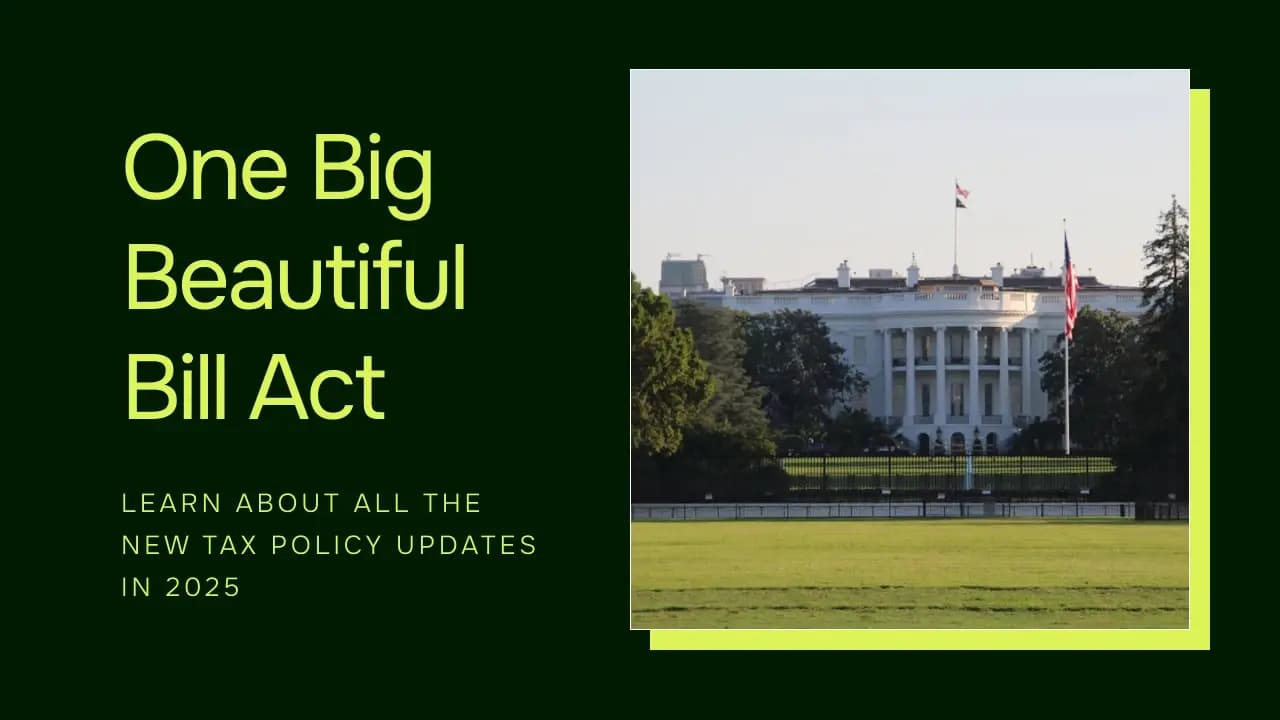New Law Halves Opportunity Zone Renovation Requirement for Rural Properties to 50%

A significant change in Opportunity Zone (OZ) legislation, enacted through the One Big Beautiful Bill Act (OBBBA), has immediately reduced the "substantial improvement" requirement for properties within rural Opportunity Zones. This crucial detail, active since July 4, 2025, mandates that investors now only need to improve an existing building by 50% of its adjusted basis, rather than the previous requirement of doubling the basis. This development is expected to make rehabilitation projects more financially viable in underserved rural areas.
"Almost everyone (even me) who read the new Opportunity Zone legislation missed a crucial detail: the rural renovation rule isn't waiting until 2027. It's been active since July 4th. 50% improvements instead of doubling basis. This is a huge deal," stated Barrett Linburg, an expert on the subject, on social media.
Previously, investors seeking OZ benefits for existing structures were required to invest an amount equal to or exceeding the building's adjusted basis, effectively doubling it. Under the new rural renovation rule, this threshold is significantly lowered. For instance, a property with a depreciable basis of $1.6 million (from a $2 million property with $400K land value) would now only require $801,000 in improvements to qualify, a substantial reduction from the prior $1.6 million requirement. Capitalized costs, including brokerage fees, attorney fees, and hard construction costs, count towards these improvements.
The OBBBA, signed into law on July 4, 2025, makes the Qualified Opportunity Zone program permanent and introduces several enhancements designed to stimulate investment in economically distressed communities. The specific easing of the substantial improvement test for rural OZs aims to level the playing field, making it more feasible to rehabilitate older buildings where property values might be lower and large capital expenditures harder to justify. This is part of a broader effort to direct more capital to rural regions, which also includes a 30% basis step-up for investments in Qualified Rural Opportunity Funds (QROFs).
Despite the immediate activation of this beneficial rule, a key challenge remains for investors: the lack of definitive guidance from the Treasury or IRS on precisely which census tracts qualify as "rural Opportunity Zones." The legislation defines a 'rural area' as any area other than a city or town with a population greater than 50,000 inhabitants, and any urbanized area contiguous and adjacent to such a city. Until official maps or clear criteria are provided, investors are advised to use their best judgment in identifying eligible rural tracts.